Behaviour Teaching Resources
An extensive collection of rules and behaviour related teaching resources. Use the posters and checklists as visual reminders of behaviour expectations, organisational skills and classroom expectations with your primary students. Also provided are desk charts to constantly remind students of their goals and word wall vocabulary cards to assist in teaching the appropriate content vocabulary surrounding classroom rules and behaviour expectations.
- Free Plan
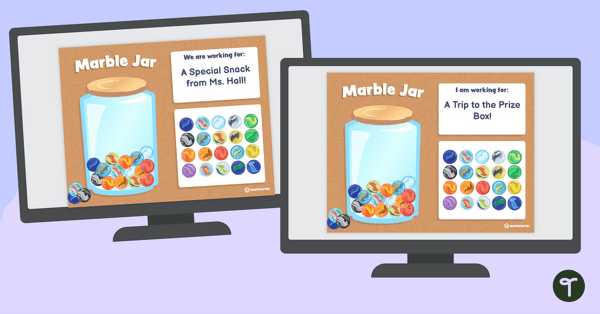
Digital Reward Chart – Marble Jar
Celebrate classroom successes with a fully digital marble jar classroom reward chart.
- Plus Plan
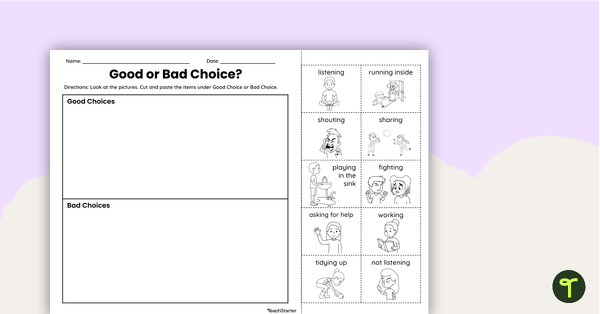
Good Choice or Bad Choice? Worksheet
Help your young pupils differentiate between good and bad behaviour choices with a cut-and-stick worksheet.
- Free Plan
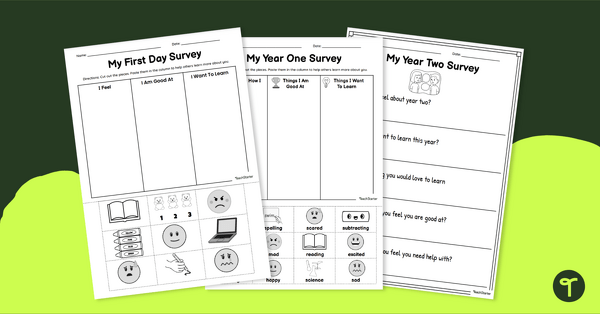
Back to School Surveys (All About Me)
Download free First Day of School pupil surveys to get to know your new class better!
- Plus Plan
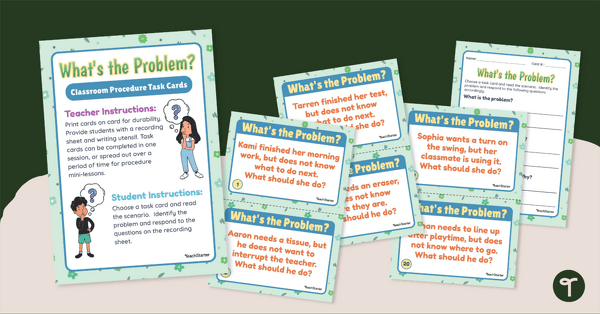
What's the Problem? Classroom Rules Task Cards
Teach, review and assess your pupils' knowledge of the classroom rules with these quick and easy task cards.
- Free Plan

Classroom Rules and Expectations Cut and Paste Worksheets
Start your year off right by reviewing classroom rules with a free cut-and-paste writing and drawing activity.
- Plus Plan
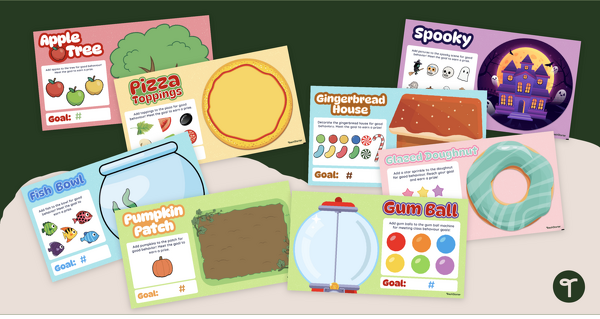
Virtual Classroom Management — Interactive Reward Charts
Track and reward extraordinary class behaviour with a set of fun digital reward tracking slides.
- Plus Plan
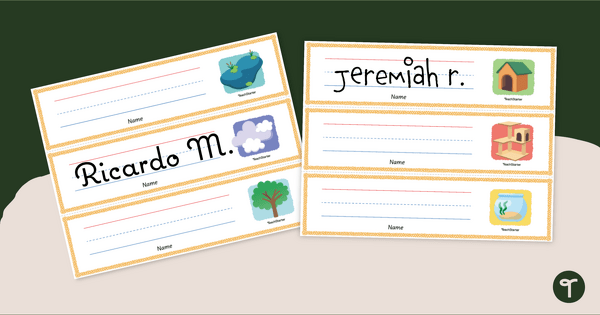
Desk Pet Name Tag
Encourage positive behaviour with printable Desk Pet Habitat desk name tags.
- Plus Plan
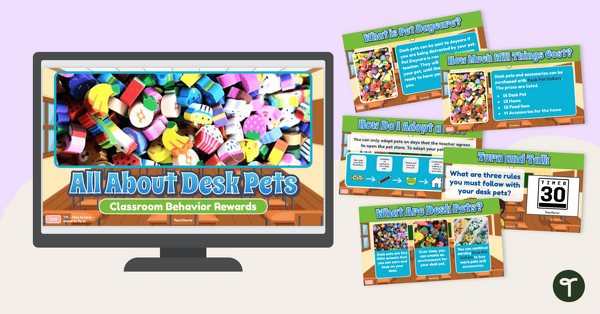
What Are Desk Pets? Introduction Slides
Introduce your pupils to your Desk Pet Classroom Reward System with an engaging set of teaching slides.
- Plus Plan

Desk Pet Notes
Encourage good behaviour choices by awarding your pupils with Desk Pet Notes to purchase their new desk pets!
- Plus Plan
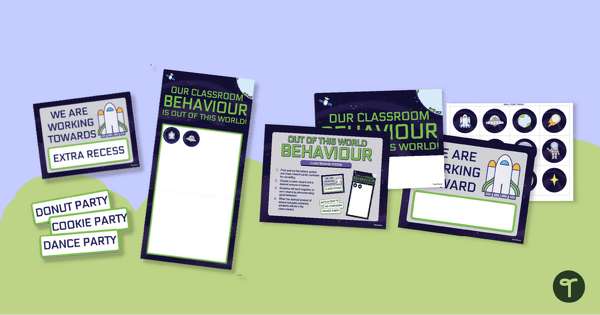
Out of this World Behaviour — Class Reward Chart
Motivate and reward positive classroom behaviour with a reward chart that is out of this world!
- Plus Plan
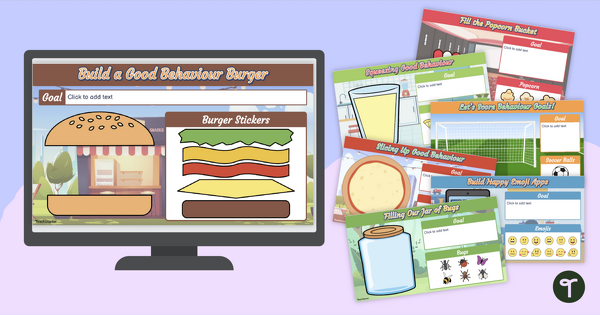
Whole-Class Reward Tracker — Digital Reward Charts
Celebrate classroom successes with a set of fully digital classroom reward charts.
- Plus Plan
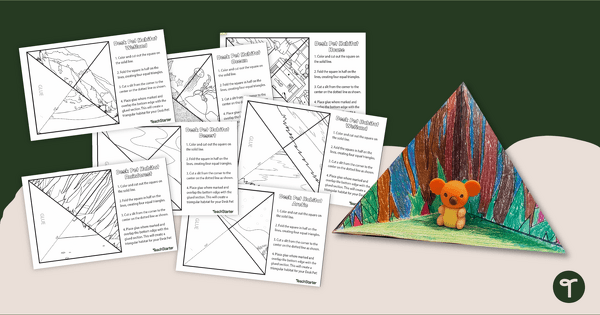
Desk Pet Habitat Templates
Encourage positive behaviour in the classroom with printable Desk Pet Habitats for your pupils to spend their Desk Pet Notes on!
- Free Plan
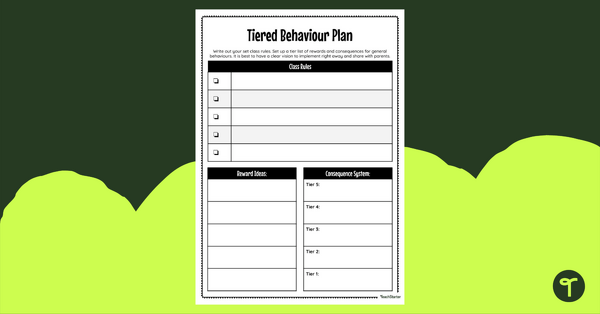
Tiered Behaviour Support Plan — Editable Template
Establish clear expectations, rewards and tiered consequences with this free behaviour support plan template.
- Plus Plan
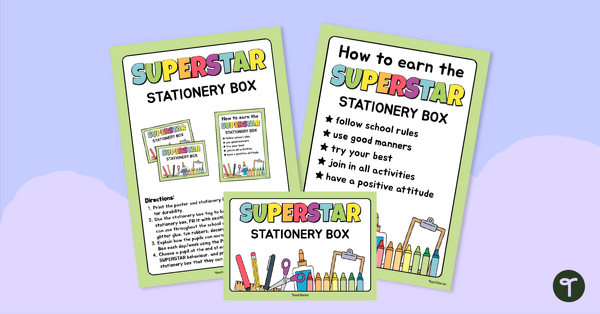
Superstar Stationery Box – Behaviour Incentive
Promote and acknowledge positive behaviour with a superstar incentive system for the classroom.
- Plus Plan
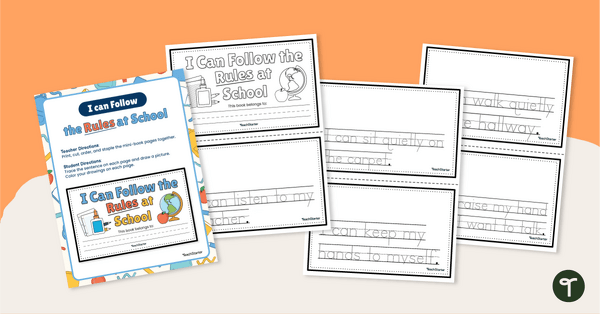
I Can Follow the Rules at School Mini-Book
Use this mini-book to review or introduce school and classroom rules to your KS 1 pupils.
- Plus Plan
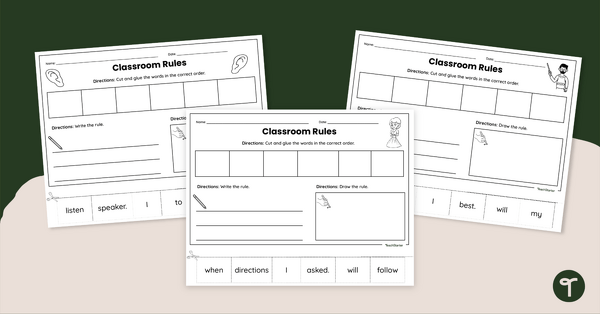
Classroom Rules Sentence Writing Pack
Teach classroom rules and practise writing skills with Classroom Rule Writing Worksheets for early years.
- Free Plan
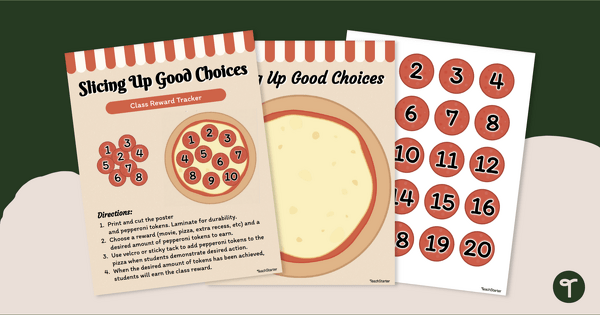
Slicing Up Good Choices! Class Reward Tracker
Encourage teamwork and positive behaviour in your classroom with a new pizza-themed classroom reward system.
- Plus Plan
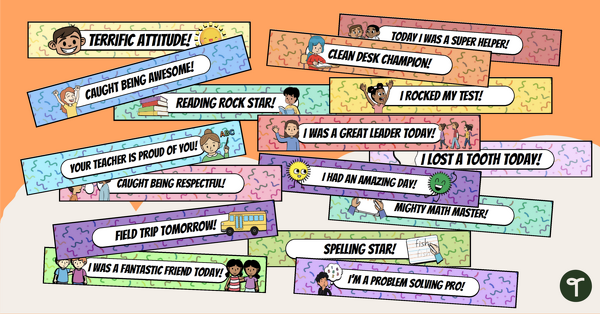
Reward Bracelets – Behaviour Incentives
Encourage positive behaviour and reward your pupils for their achievements with a fun set of printable reward bracelets.
- Plus Plan
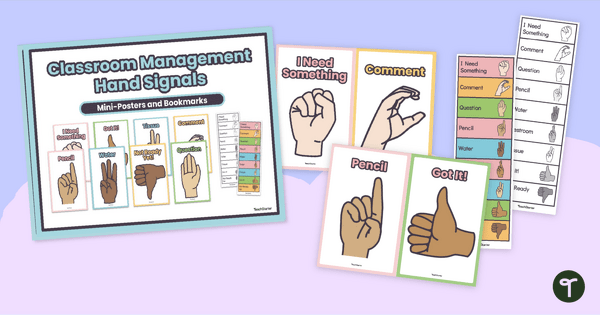
Hand Signals For Classroom Management
Strengthen classroom management and reduce classroom interruptions with miniature hand signal posters and bookmarks.
- Plus Plan
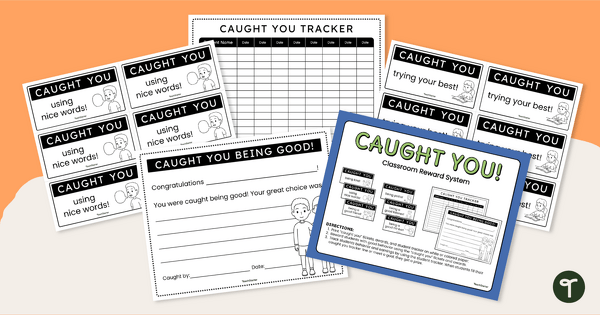
Caught Being Good! Class Reward System
Reward and track positive classroom behaviour with a printable 'Caught Being Good' ticket system.
- Plus Plan
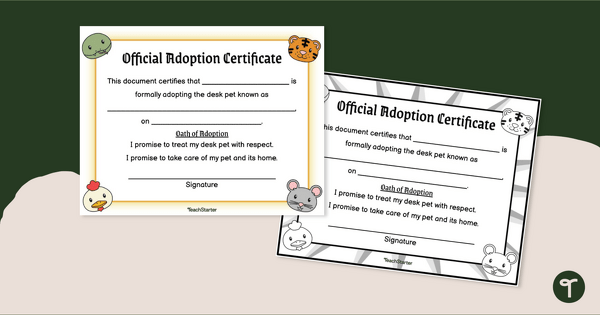
Desk Pet Adoption Certificate
Boost pupil behaviour using Desk pets, starting with a printable Desk Pet Adoption Certificate.
- Plus Plan
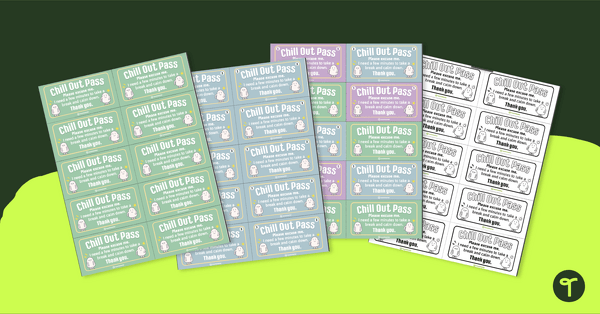
Chill Out Passes
Use these Chill Out Passes as a classroom management tool.
- Free Plan
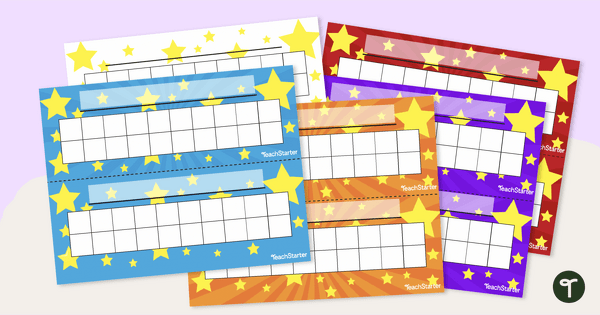
Behaviour Sticker Charts – Stars
Reward positive behaviour with printable sticker charts!
- Plus Plan

Our Class Rules - Set of 8
Remind pupils of classroom rules and expectations with this set of 8 posters.
- Plus Plan
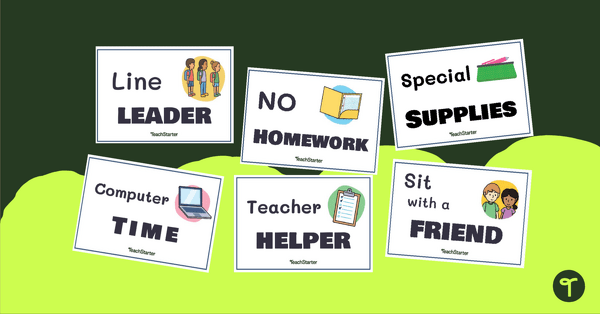
Classroom Reward Coupons
Increase pupil motivation with this set of 23 coupons to use as a classroom reward system.
- Plus Plan
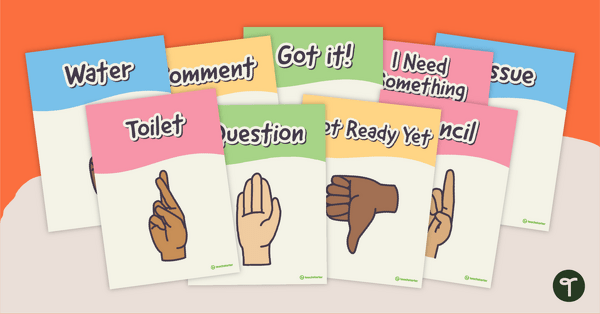
Classroom Hand Sign Posters
Strengthen classroom management and cut down on classroom interruptions with a set of hand signal posters.
- Plus Plan

Behaviour Sticker Charts
Reward positive behaviour for struggling pupils with editable reward charts.
- Plus Plan
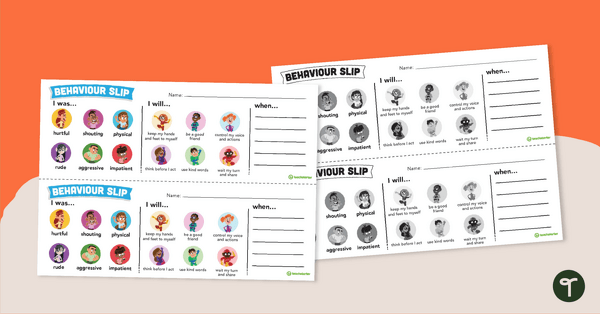
Behaviour Reflection Sheet for Key Stage 1 Pupils
Invite your Key Stage 1 pupils to reflect on their behaviour choices with this behaviour think sheet.
- Plus Plan
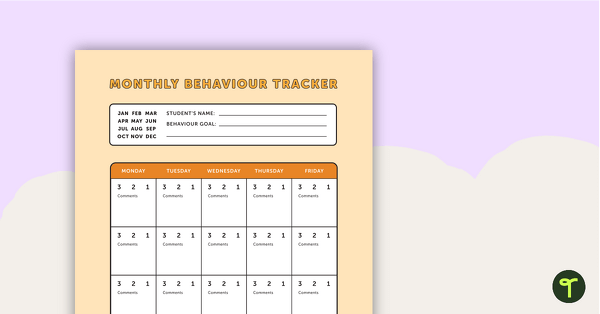
Monthly Behaviour Tracker
A behaviour tracker to collect individual student data over the course of a month.
- Plus Plan

Big Problem, Little Problem Posters
Show different strategies for identifying and solving big problems and little problems with printable posters.
- Free Plan

We Are... Class Rules Posters
Set your new students up for success with this set of 11 classroom expectation posters.
- Plus Plan

Chill Out! Calm Down Corner Poster
Welcome students into your class calm down corner with this cool classroom poster.